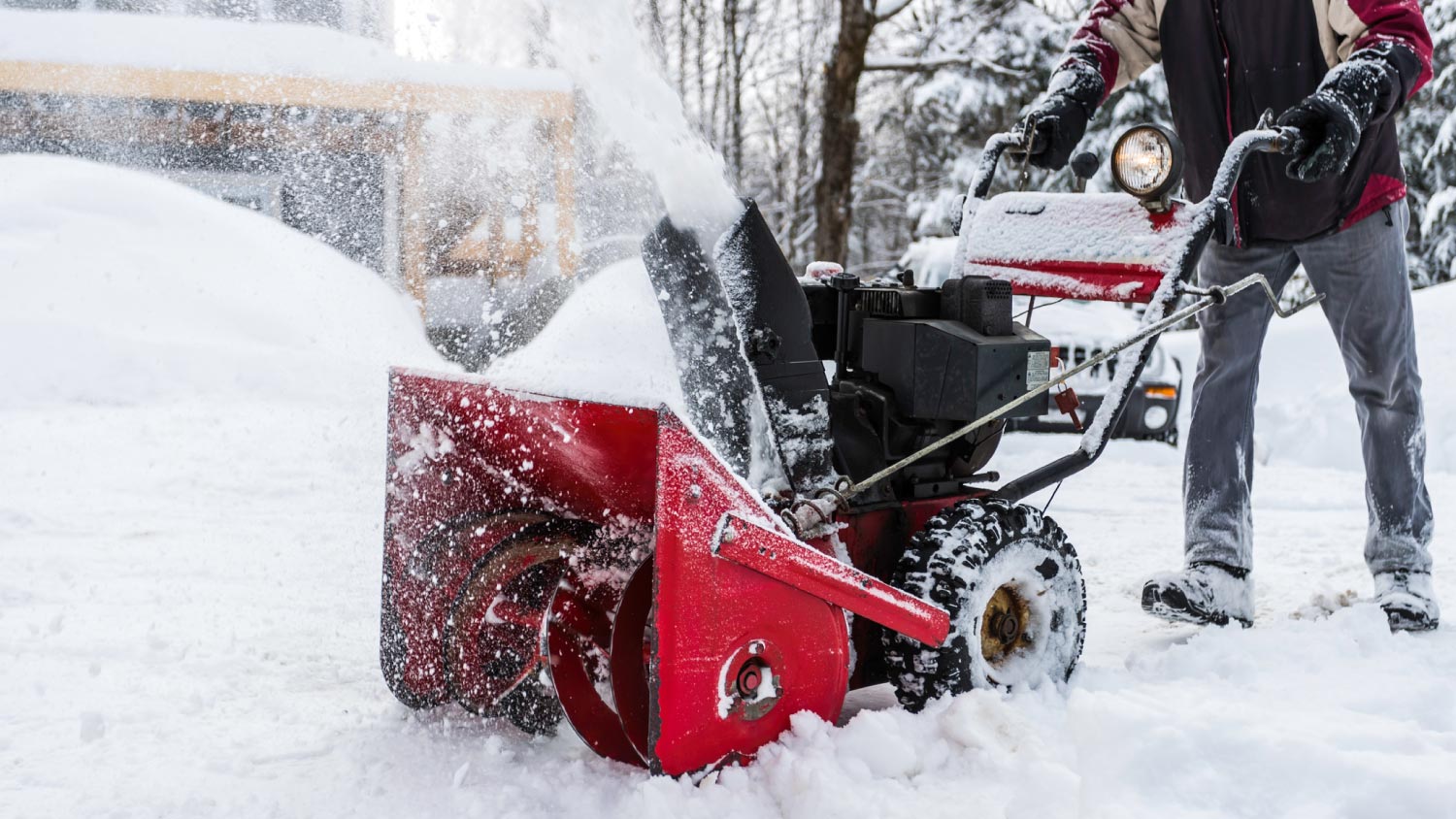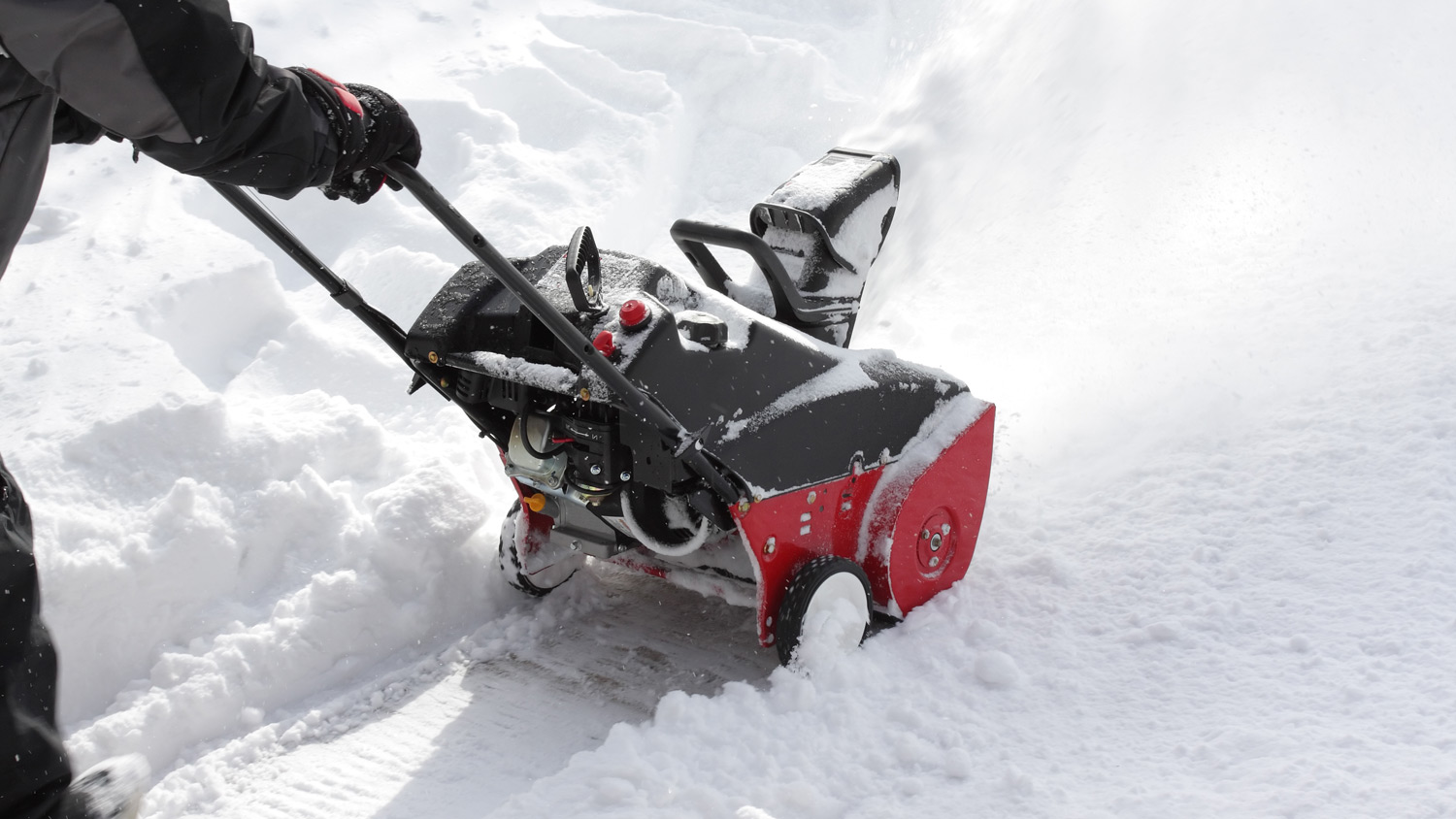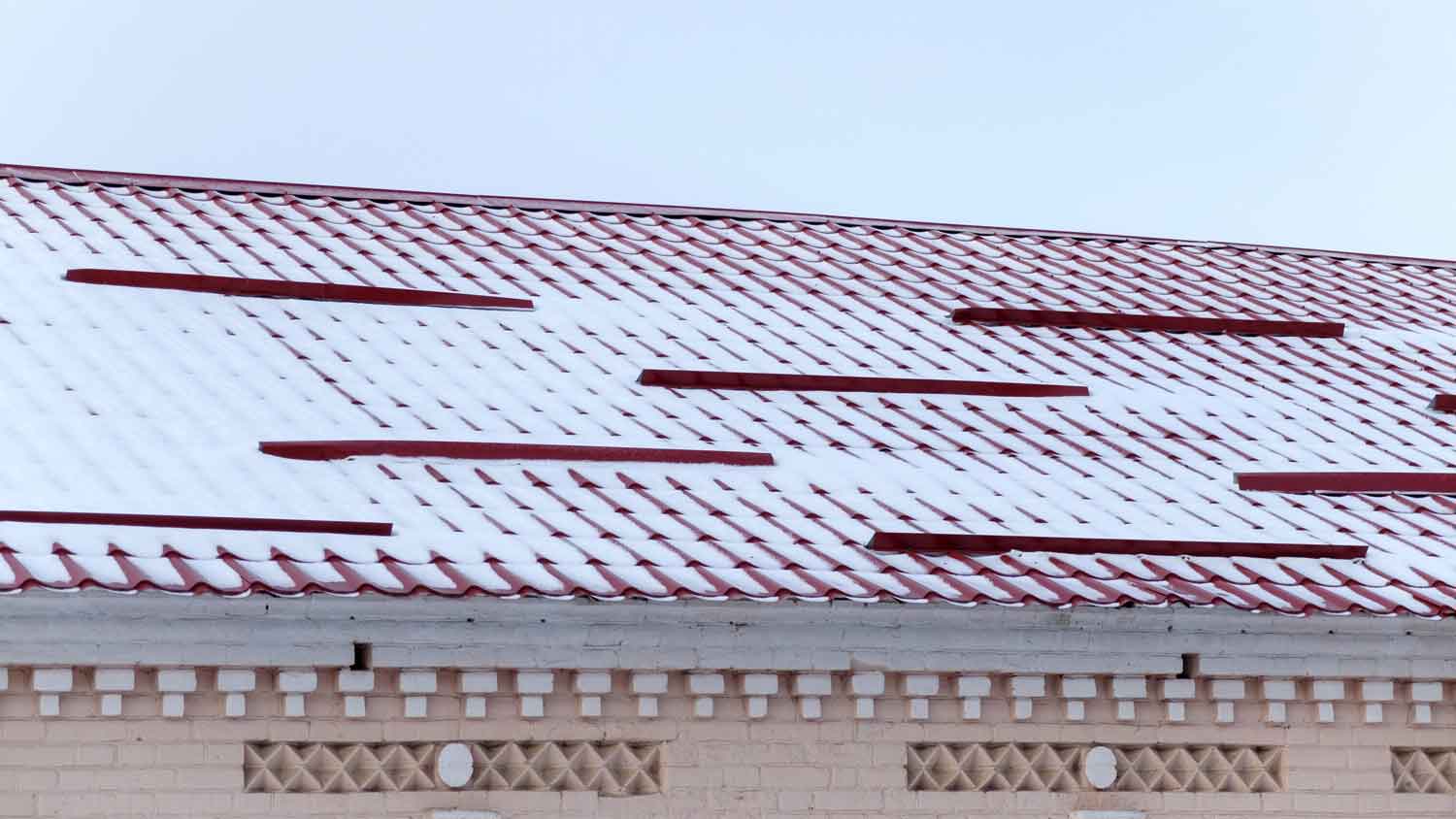
Get the latest snow removal cost estimates, including average prices, key cost factors, and tips to help homeowners budget for safe, efficient snow removal.
Get a head start on snow removal with this handy guide
Wondering how to start a snowblower? This is one of the best snow removal tools in your arsenal during the colder months. However, they’re not quick-start machines, and learning how to start a snowblower will help it run properly and last for many years. Whether you just made the frustrating realization that your snowblower won’t start or you’re learning to use a new snowblower for the first time, here’s a guide on what to do.

Before starting your snowblower, here’s how to get it ready:
Ensure your snowblower’s oil level reads “full.”
If needed, fill your snowblower with the fuel type and grade specified in the manufacturer’s manual. Drain and refuel if the gas inside the tank is more than a month old, as old fuel can deteriorate over time and possibly damage the engine.
Set all drive controls to the “off” position.
Move the choke to the “full” position; or, if the machine was used five minutes or less ago, set the choke to the halfway “warm” position.
Turn the throttle to the “fast” setting (this often features pictures of a turtle and a rabbit to indicate speed).
Turn the fuel shutoff valve to the “on” position.
Press the ignition switch to the “on” position, which is typically a control that resembles a light switch.
Insert the safety key, if your snowblower uses one.
Press down the primer bulb, which is a dome-shaped button that aids in circulating the fuel.
Press twice if temperatures are above 15 degrees Fahrenheit, or four times if the temperature is lower. This step isn’t necessary if you’re starting the machine again after operating it less than five minutes ago.
Pull gently on the starter rope until you feel some resistance.
Use a swift, steady upward pull to get the engine started.
Allow the snowblower to run for a few minutes to warm it up.
Switch the choke to the "off" or "run" position to prepare it for use.
Connect the three-prong power cord to an appropriate outlet that matches your snowblower's voltage. If you're uncertain about the voltage requirement, consult your model's instruction manual for clarification.
Press the “start” button in brief five-second intervals until the engine ignites and remains running, taking care not to overstrain the starter.
Once your snowblower is up and running, disconnect it from the power source.
Allow the snowblower to run for a few minutes to warm it up.
Switch the choke to the "off" or "run" position to prepare it for use.
After getting your machine started, follow these tips for using your snowblower properly.
After using your snowblower, remember to switch the fuel shutoff valve to the "off" position to minimize the risk of fuel leakage.
Always use a smooth, swift pulling motion on the starter rope.
When it’s not in use, properly store the snowblower according to the manufacturer's instructions.
Refer to the manufacturer's manual for troubleshooting and safety guidelines.
As handy as snowblowers are, they aren’t suitable for tight spaces. Plus, they can be cumbersome and difficult to use around curves, winding paths, and the like. If you’d rather stay warm inside, consider hiring a local snow removal contractor to clear your pathways of any accumulated snow. These snow removal pros can safely and efficiently clear your driveway and other areas to ensure your safe passage in and out of your home.
The average snow removal cost typically falls between $200 to $600 per season, depending on where you live. Professional snow removal contractors will factor in the size of your property and the average snowfall in your area to determine their price. Be sure to contact several snow removal companies for estimates and compare costs to find the best deal.
From average costs to expert advice, get all the answers you need to get your job done.

Get the latest snow removal cost estimates, including average prices, key cost factors, and tips to help homeowners budget for safe, efficient snow removal.

Discover the cost to install snow guards. Learn about average prices, key cost factors, and tips to save on your snow guard installation project.

Winter storms and blizzards are no joke, even if you are relatively snug at home. Follow these tips to survive and thrive during brutal weather events.

There are several ways to melt ice on driveways, including with and without salt. Read this tutorial on how to melt ice on driveways to get started.

Magnesium chloride is one popular and effective option for ice removal. Learn all about the pros and cons of magnesium chloride ice melt.

Homeowners in cold-weather climates reach for rock salt to de-ice their walkways and driveways. How does salt melt ice? It’s a matter of simple chemistry.